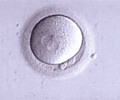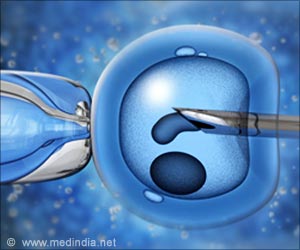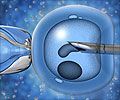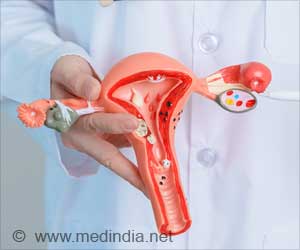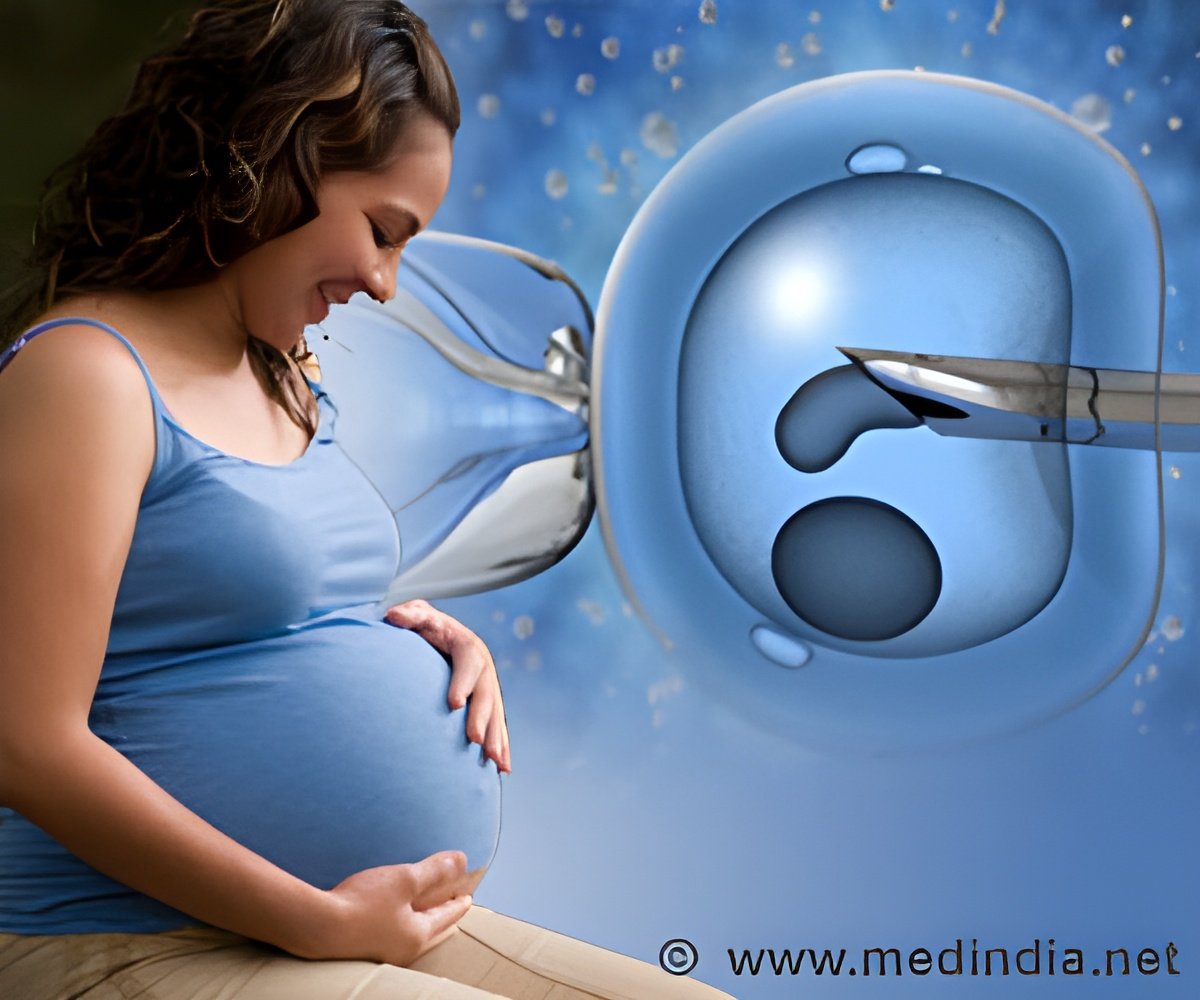
‘Ongoing pregnancy occurred in 36% of women in the frozen embryo group, and in 35% of the fresh embryo group.’
Tweet it Now
"This is one of the reasons why our research is important for fertility clinicians and researchers, and of course couples who are hoping to have a child," Xinhua quoted Vuong as saying. The study investigated almost 800 women who had infertility not related to polycystic ovarian syndrome (PCOS), a common health problem caused by an imbalance of reproductive hormones that can lead to infertility.
Women in the study were given one cycle of IVF, where either a transfer of fresh embryos occurred, or all embryos were frozen and one cycle of thawed embryos occurred subsequently without the use of IVF drugs.
After the first completed cycle of IVF, ongoing pregnancy occurred in 36 per cent of women in the frozen embryo group, and in 35 per cent of the fresh embryo group.
Rates of live birth after the first embryo transfer were 34 per cent in the frozen embryo group, and 32 per cent in the fresh embryo group.
Advertisement
"Previous research has shown that women who experience infertility because of PCOS benefit from significantly higher live birth rates from frozen embryos in IVF procedures," said Mol.
Advertisement
"Our key finding is that freezing embryos for IVF is not harming a couple's chances of having a baby. After the first fresh embryo transfer, it will be possible to freeze the remaining embryos and transfer them one by one, which is safe and effective."
The researchers noted that their results are specific to a common freezing method known as Cryotech vitrification, so it may not apply to all embryo freezing techniques currently being used.
Additionally, couples concerned about unnecessary costs of freezing all embryos do not need to go down that path since fresh embryo transfer will still have the same live birth success rate, they added.
Source-IANS


